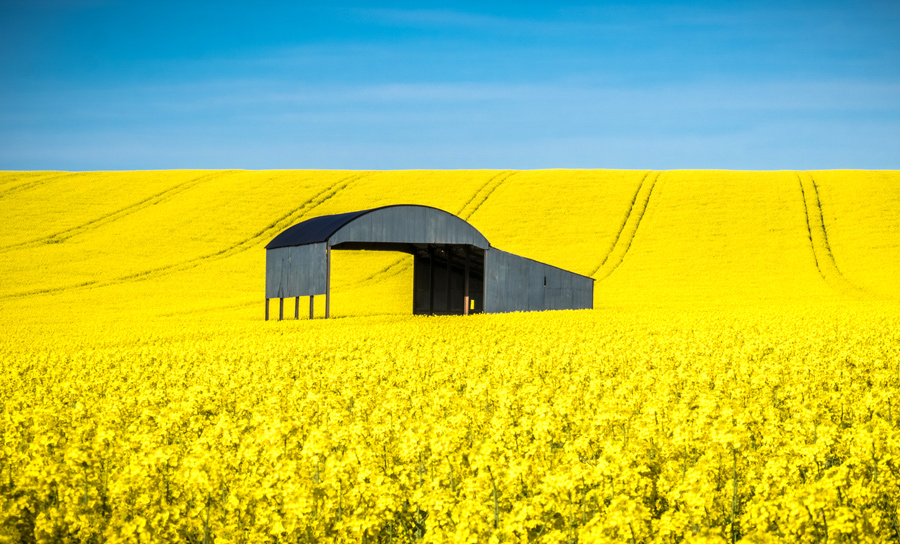Top tips for drilling a successful oilseed rape crop
30th July 2019
Farmers preparing to plant oilseed rape in August and September are being advised to follow a five-point plan to give themselves the best chance of establishing a good crop.
Farmers preparing to plant oilseed rape in August and September are being advised to follow a five-point plan to give themselves the best chance of establishing a good crop.
United Oilseeds says a range of measures can be taken before, during and after establishment to get crops off to a strong start.
The five-point plan is to select the best varieties and to plant into moist seedbeds where possible. Using appropriate establishment techniques for the conditions, correct seed rates and an integrated approach to crop protection complete the list.
United Oilseeds has in excess of 4,500 growers who are evaluating their options for next season as combines continue to make progress on this year’s crop.
The farmer-owned co-operative says variety choice is at the forefront of many growers’ minds.
Managing Director Chris Baldwin said getting crops out of the ground quickly and growing away from pests such as flea beetle is a priority but not the only consideration.
“Turnip yellows virus (TuYV) can also be a significant cause of yield loss so choosing a resistant variety can be a big help in safeguarding yields.”
A number of new hybrid varieties on the market are “trait-loaded”, offering protection from some yield-robbing diseases, such as light leaf spot and TuYV.
Hybrid oilseed Aurelia is one such variety and tops the AHDB Candidate List for yield while also offering TuYV and RLM7 phoma resistance, and light leaf spot protection.
Simon Kightley, oilseed rape expert at NIAB, believes that early drilling is important but only when there is good moisture availability.
“Drilling when there is sufficient moisture for germination is critical. Lack of moisture prevents uniform emergence and stops the seedlings from growing away quickly, giving more time for flea beetles to attack,” he says.
Using the right establishment technique, taking into account soil conditions, is also important.
“A well compacted seed bed after drilling will help to retain soil moisture and promote rapid germination and emergence,” Mr Kightley adds.
Seed rates could increase from their current low of 40 plants/m2 to 60 plants/m2 to suit today’s more challenging growing environment.
Growers frustrated with flea beetle attacks on establishing crops should think carefully about their insecticide applications.
The temptation to repeat sprays should be questioned. If pyrethroids don’t produce a good result the first time, repeat sprays are doing more harm than good, especially to beneficial arthropods that predate flea beetle, Mr Kightley added.

